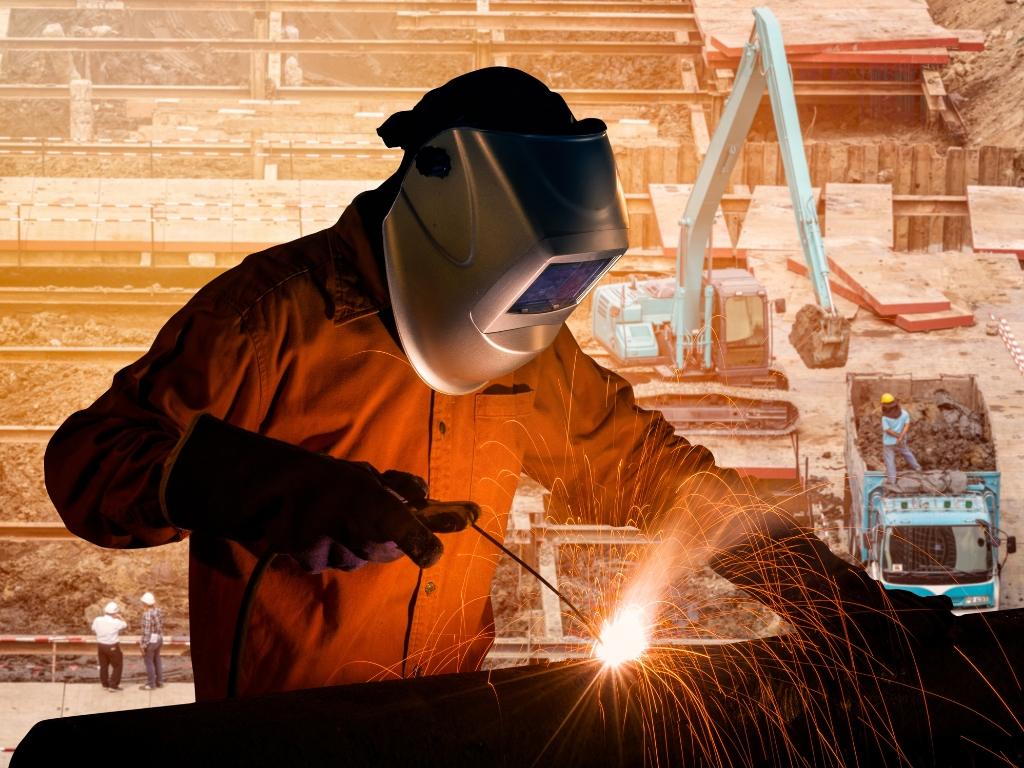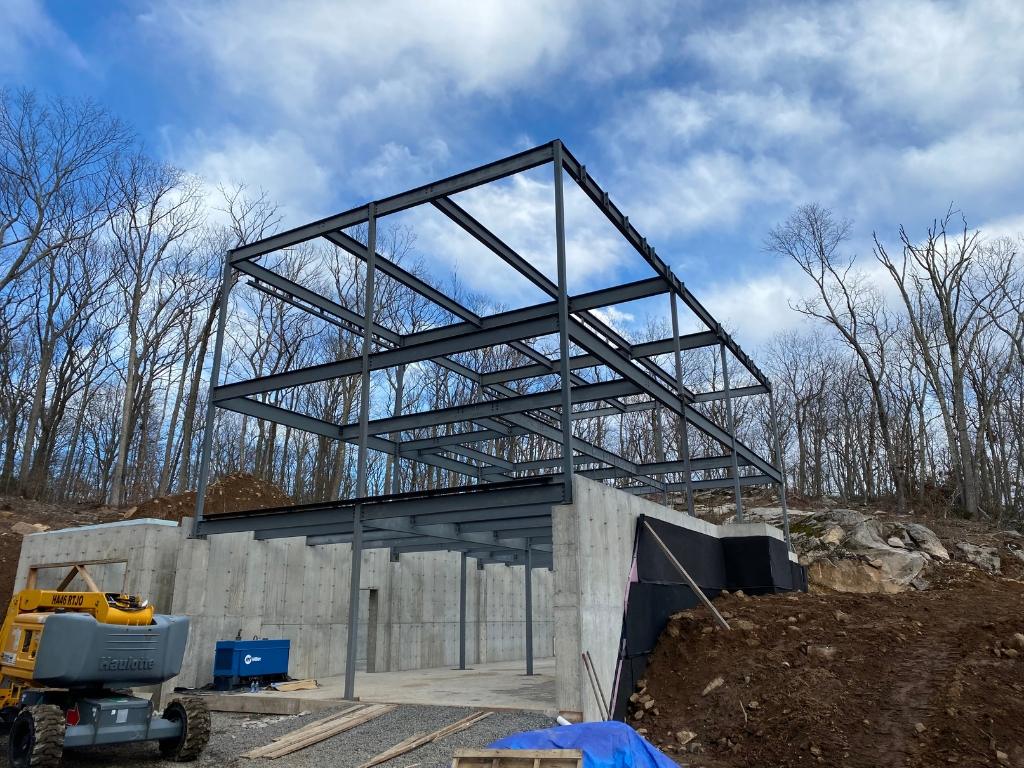Steel is redefining the skyline. Across cities, commercial buildings are rising taller, stronger, and faster; thanks to the innovation of structural steel fabricators.
In 2025, they’re not just building with metal; they’re building with data, automation, and precision. From smarter workflows to greener solutions, here’s how they’re transforming commercial construction and shaping the future of modern development.
Technology Is Transforming the Workshop
Step inside a modern fabrication shop, and you’ll notice it feels more like a tech lab than a traditional workspace. Machines read digital blueprints, robotic arms handle precision welding, and 3D modeling ensures every beam fits perfectly before it even reaches the site.
Some of the biggest game changers include:
- BIM Integration
Building Information Modeling (BIM) connects digital blueprints directly to CNC machines, removing guesswork from fabrication. Every beam, plate, and joint is modeled with exact dimensions, then cut automatically according to those specs. This tight integration reduces manual input, minimizes measurement errors, and keeps teams aligned from design to installation. - 3D Scanning and Simulation
Before any steel is cut or shipped, 3D scanning allows fabricators to visualize how every component fits within the structure. Digital simulations reveal potential clashes or misalignments early, so adjustments can be made before costly fieldwork begins. The result? Smoother assembly, fewer delays, and near-perfect precision on site. - AI-Driven Design Tools
Artificial intelligence is changing how engineers approach steel design. Advanced algorithms now analyze load requirements, material strength, and project costs to suggest optimized configurations. These tools create lighter yet stronger structures, reduce material waste, and speed up decision-making — giving both designers and clients more efficient, cost-effective outcomes.
These tools are helping fabricators deliver projects with pinpoint accuracy. Less rework, faster schedules, and seamless collaboration are becoming the new norm.
Green Fabrication Is the New Standard
Sustainability is no longer a marketing buzzword; it’s the baseline for modern construction. In 2025, structural steel fabricators are leading the shift toward cleaner, more responsible building practices. From how materials are sourced to how energy is used in production, every step now focuses on reducing environmental impact without raising costs.
Here’s how the change is happening:
- Recycled and Locally Sourced Steel
Most structural steel today comes from recycled materials, often produced in nearby mills to cut down on transportation emissions. This not only supports circular manufacturing but also helps stabilize material pricing. - Energy-efficient Operations
Fabrication shops are investing in solar panels, LED lighting, and advanced heat recovery systems that capture and reuse energy during production. These upgrades significantly lower the carbon footprint while improving output efficiency. - Eco-conscious Project Design
Many fabricators now align with LEED and Green Building Council guidelines from the earliest design phase. That means every beam and weld contributes toward energy-efficient, low-impact structures that meet modern green standards.
For developers, these practices bring tangible benefits. Green fabrication helps projects qualify for tax incentives, reduces long-term operating costs, and makes properties more attractive to eco-conscious investors and tenants. In today’s market, sustainability isn’t just good ethics; it’s smart business.
Modular Construction Speeds Everything Up
The construction world loves anything that saves time, and modular fabrication is leading the way. Instead of building everything on-site, fabricators now preassemble major components, such as trusses, frames, and columns, in controlled shop environments. When they arrive at the site, it’s plug-and-play.
That means faster project timelines, safer job sites, better quality control, and budgets that stay on track from start to finish. With modular fabrication, even complex commercial structures can go up in record time, without sacrificing precision or durability.
Collaboration Drives Better Results
Collaboration has become one of the biggest strengths in modern steel fabrication. Gone are the days when fabricators worked separately from architects and contractors. Now, they’re involved from the earliest design stages, helping shape plans that are efficient and buildable.
By joining design discussions early, fabricators can flag structural challenges before they become costly problems. This proactive approach saves time and keeps everyone aligned. Thanks to Building Information Modeling (BIM), all teams can view real-time updates, coordinate changes instantly, and visualize exactly how each steel component fits within the larger structure.
Automation Improves Safety and Quality
Automation is redefining how fabrication shops operate. Instead of relying entirely on manual labor, many now use robotic welding systems, laser cutters, and automated material handlers to perform the most demanding and hazardous tasks.
This shift has major benefits. Workers spend less time in high-risk environments and more time monitoring quality and precision. Robotics ensure each weld, cut, and joint is performed with exact consistency, reducing the chance of defects or rework.
Automation doesn’t replace craftsmanship; it enhances it. The combination of human expertise and machine precision creates a safer workspace, cleaner results, and structural components that meet the highest quality standards every time.
More Creative Freedom for Designers
In 2025, architects have more freedom than ever to design bold, expressive structures that stand out. Advanced fabrication techniques make it possible to produce custom beam shapes, long spans, and curved frames that once seemed impossible.
Whether the goal is to achieve an open-concept office, a striking retail façade, or a mixed-use complex with distinctive architecture, steel makes it all achievable without sacrificing strength or safety.
That creative flexibility is one reason why so many commercial developers continue to choose steel. It adapts to different design styles, performs well under pressure, and offers visual appeal that other materials can’t match.
Cost Efficiency That Lasts
Rising material and labor costs haven’t slowed down the value of steel. In fact, it’s made it more attractive. Prefabrication allows components to be built off-site in controlled environments, cutting down on construction time and labor needs. At the same time, automation reduces material waste, ensuring resources are used efficiently.
Durability is another major advantage. Steel structures require less maintenance and stand the test of time, lowering long-term expenses for owners and investors.
When you look at the full picture, steel fabrication consistently delivers one of the best returns on investment in commercial construction. That’s why it continues to be the preferred choice for developers who want projects that perform as well as they look.
A New Era of Building
In 2025, structural steel fabricators aren’t just suppliers; they’re partners in innovation. They bring together technology, sustainability, and craftsmanship to deliver stronger, smarter, and more efficient buildings.
Excel Steel continues to lead the charge, helping clients push boundaries, reduce costs, and build with confidence in this new era of commercial construction.
Build smarter with Excel Steel. Get in touch today to see how advanced steel fabrication can streamline your next commercial project.



